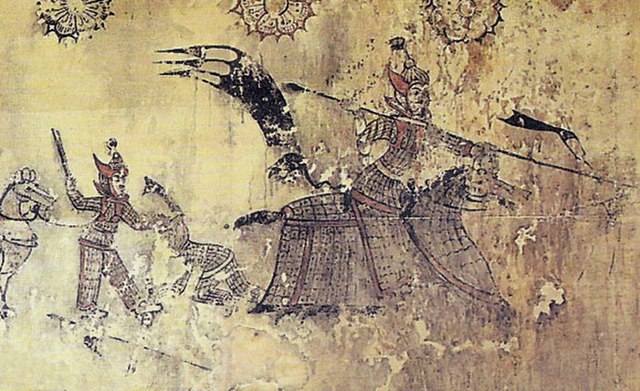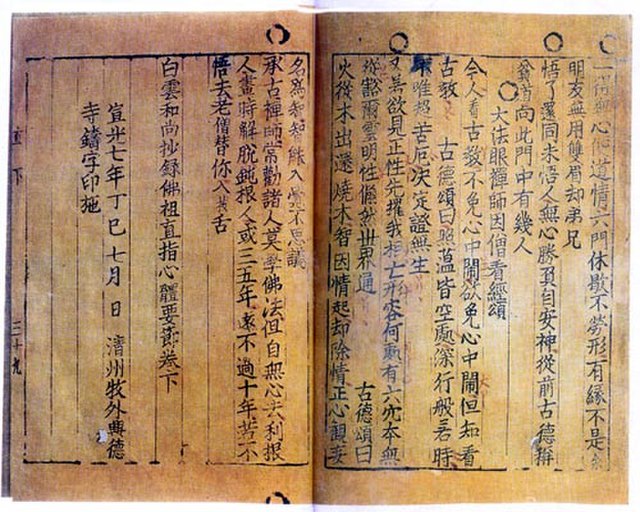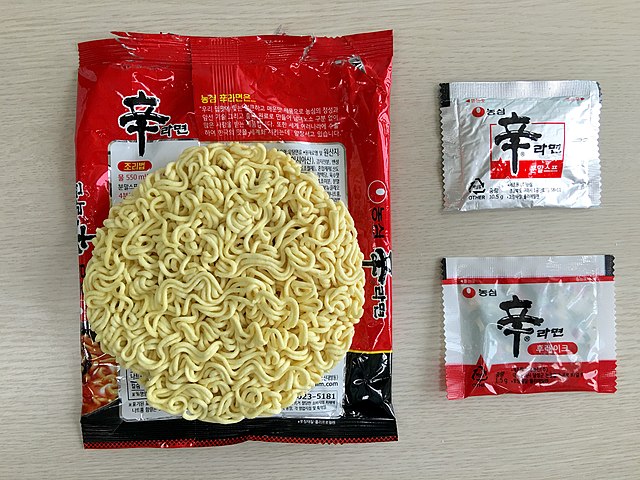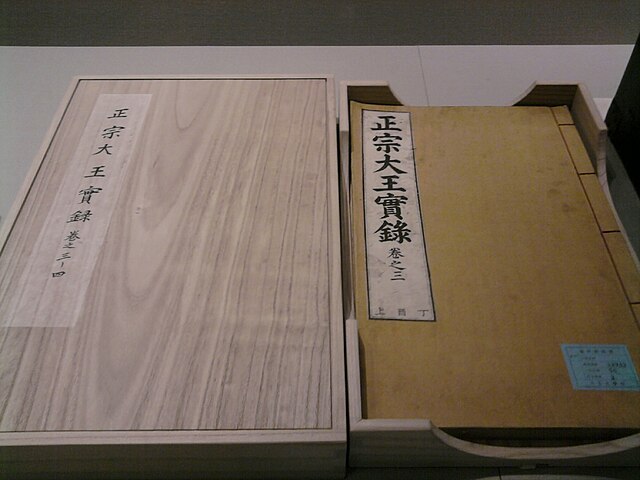Goguryeo
Videos
Page
Goguryeo also later known as Goryeo, was a Korean kingdom which was located in the northern and central parts of the Korean Peninsula and the southern and central parts of modern day Northeast China. At its peak of power, Goguryeo conquered most of the Korean Peninsula and large parts of Manchuria, along with parts of eastern Mongolia, Inner Mongolia, and modern-day Russia.

Statue of Jumong at the Tomb of King Tongmyŏng in Pyongyang, North Korea

Goguryeo Cataphract(개마무사/鎧馬武士)

Image of Dalshin from the Goguryeo-era Ohoe Tomb 4.

Seated buddhas and bodhisattvas from Wono-ri, Goguryeo.
Hanja
Videos
Page
Hanja, alternatively known as Hancha, are Chinese characters used in the writing of Korean. Hanja was used as early as the Gojoseon period under the first Korean kingdom.

The calligraphy of Korean scholar, poet and painter Gim Jeonghui (김정희; 金正喜) of the early nineteenth century. Like most educated Koreans from the Three Kingdom period until the fall of the Joseon dynasty in 1910, Gim Jeong-hui composed most of his works in hanmun or literary Chinese.

The Korean Baegun Hwasang Chorok Buljo Jikji Simche Yojeol (백운화상초록불조직지심체요절; 白雲和尙抄錄佛祖直指心體要節) or roughly 'Anthology of Great Buddhist Priests' Zen Teachings' is the oldest example of a book printed with moveable type and was printed in Korea in 1377, but is written in literary Chinese.

A packet of Shin Ramyun, the Chinese character 辛, meaning 'spicy', is prominently displayed

The Veritable Records of the Joseon Dynasty, an annual record of the Joseon dynasty throughout its entire history, was written in Classical Chinese.